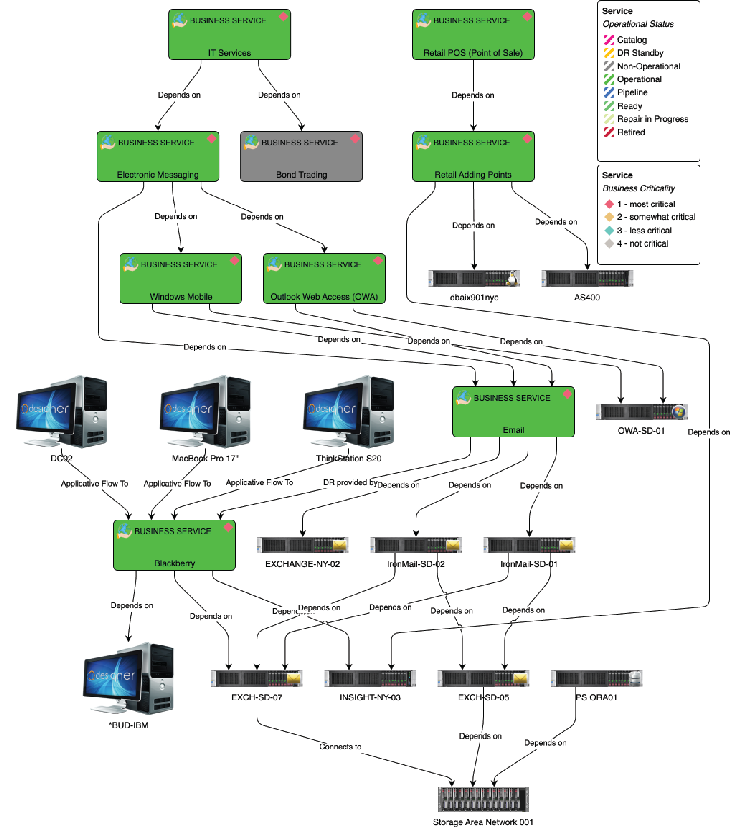IT Service Management (ITSM)
ServiceNow ITSM (Information Technology Service Management) is a crucial tool for modern businesses looking to align their IT services with their overall business objectives. IT services play a vital role in the success of an organization, and ITSM ensures that these services are designed and delivered in a way that meets the specific needs of the business. By aligning IT services with business objectives, organizations can improve their agility, responsiveness, and overall competitiveness in the marketplace.
To further enhance ServiceNow ITSM, ins-pi offers a certified solution that provides additional functionality to IT professionals. With YouDesign, IT professionals can design and manage their IT services more efficiently by creating future service models, automating workflows, and enhancing the visualization of CMDB (Configuration Management Database) data. This allows organizations to streamline their IT service management processes, save time, and increase productivity, ultimately leading to better business outcomes.

In addition, ins-pi YouDesign offers advanced visualization capabilities for CMDB data. The CMDB provides a comprehensive view of an organization's IT infrastructure, including hardware, software, and network components.
YouDesign enhances the visualization of this data, making it easier for IT professionals to identify and resolve issues, as well as make informed decisions about IT infrastructure changes.
Improving service quality
ins-pi YouDesign offers several valuable features for IT professionals. One of its key capabilities is the ability to visualize gaps and issues across the service map, enabling teams to identify areas for improvement.
In addition, YouDesign can help IT professionals evaluate different scenarios by planning future services and dependencies without modifying the existing ServiceNow data. This allows teams to test and refine their plans before committing to any changes.
Once changes have been approved, YouDesign can then commit those changes or trigger other processes and workflows, such as server provisioning. This ensures that changes are implemented efficiently and with minimal disruption to ongoing IT operations.

Updated about 1 year ago
